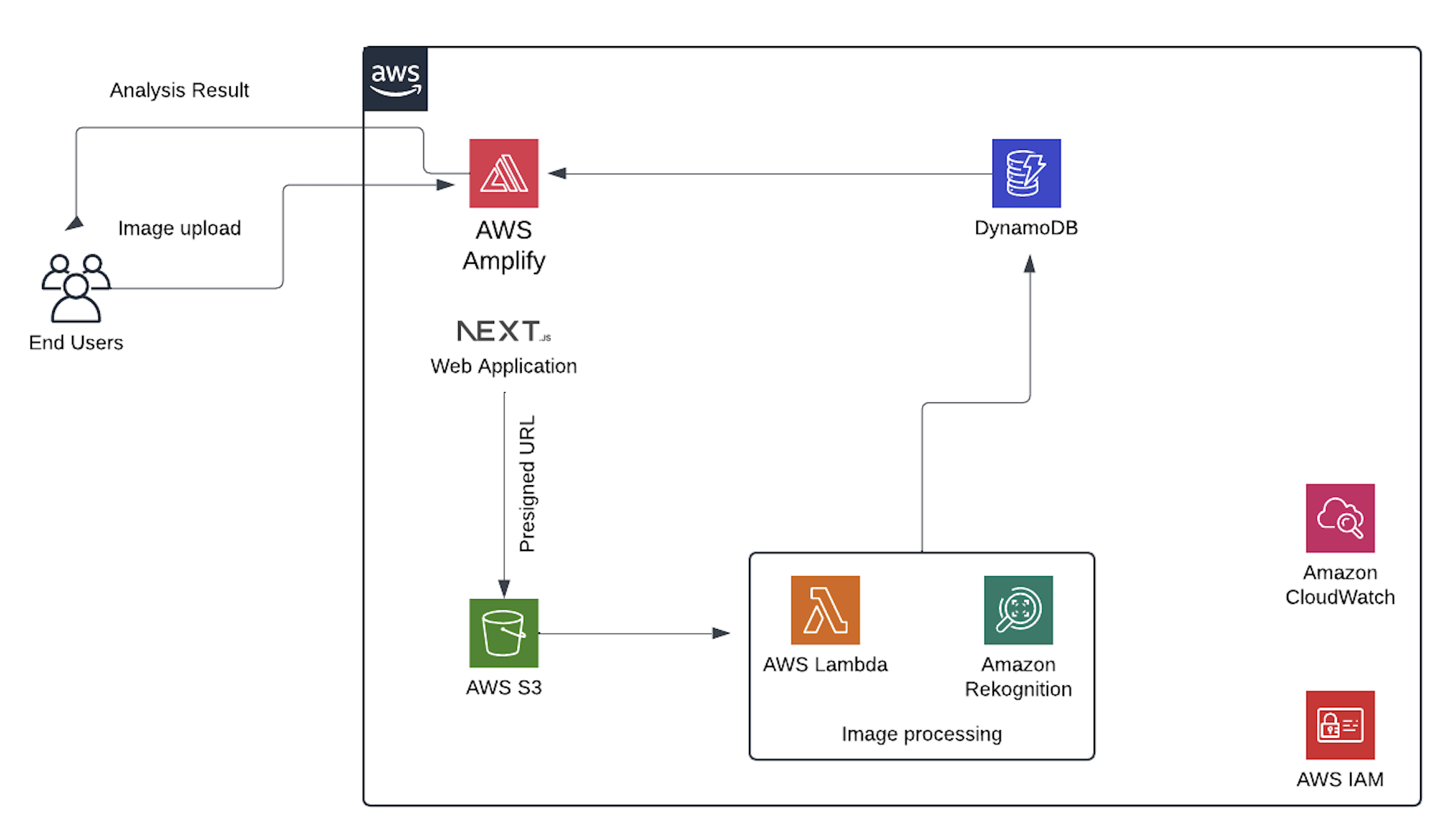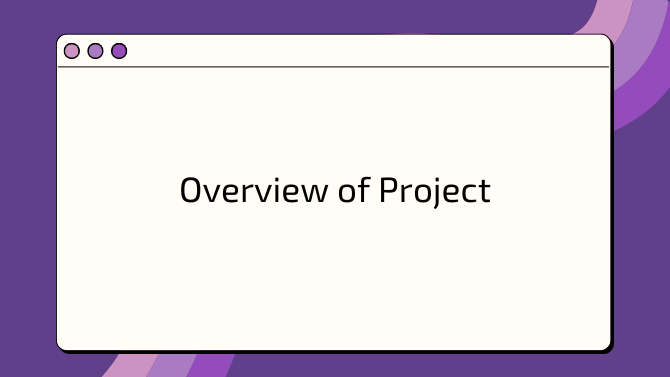Overview
This article is the first in a series of tutorials that will cover the development of a rice leaf disease detection web application for AgroVisionLabs, a fictional company made up for the purpose of this project. It will aim to develop a Rice Disease Detection that allows farmers to upload rice leaf images for disease detection. The application will leverage image recognition and cloud-native tools to achieve objectives.
This article will introduce the system’s objectives, explore functional and non-functional requirements, and outline the architecture and workflow.
Functional and Non-Functional Requirements
Functional Requirements
-
Image Upload and Analysis:
- Enable farmers to upload rice one/multiple images (max size: 10MB).
- Use AWS Rekognition to detect rice diseases.
-
Data Storage and Retrieval:
- Store images in AWS S3.
- Store metadata and analysis results in DynamoDB.
-
Results Display:
- Display analysis results, including detected issues and recommendations, after analysis is complete.
Non-Functional Requirements
1. Performance
- Goal: Achieve an average response time of <5 seconds for image uploads and analysis results.
- Justification: Quick response times improve user experience and are critical for time-sensitive farming decisions.
2. Security
- Goal: Protect uploaded images with encryption in transit (TLS) and at rest (S3 server-side encryption).
- Justification: While users would not need require authentication to use platform, it still important to ensure uploaded images are encrypted at rest (S3 server-side encryption) and in transit (TLS). This ensures the integrity and confidentiality of uploaded images and aligns with cloud security best practices.
3. Monitoring and Observability
- Goal: Centralize logs and metrics via AWS CloudWatch.
- Justification: Monitoring provides actionable insights for improving performance and troubleshooting issues efficiently.
Workflow and Architectural Design

Workflow
-
Image Upload:
- Farmers upload images via a Next.js-based application hosted on Amplify.
- Images are securely stored in AWS S3 using pre-signed URLs generated by the backend API.
-
Image Analysis:
- S3 triggers an AWS Lambda function to process the image uploaded by the user.
- Lambda function gets the image from S3, integrates with AWS Rekognition to classify crop health (e.g., healthy, diseased).
- The Lambda function then stores the results in DynamoDB.
-
Data Storage:
- Metadata and analysis results are stored in AWS DynamoDB.
-
Result Retrieval:
- Users can view analysis and actionable recommendations as results.
System Components
We will mostly be making use of AWS serverless services for this project. They are as follow:
- Frontend: Next.js
- Backend: Next.js API (Node.js)
- Image Processing: AWS Lambda and Rekognition.
- Image Storage: AWS S3.
- Data Storage: AWS DynamoDB.
- Monitoring: AWS CloudWatch.
What to Expect in Upcoming Series
-
Application Development:
- Development and deployment of the application on the discussed architecture.
-
The Use of AWS Cloud Services:
- We will explore the use of AWS Cloud Services and how they are used to achieve the objectives of the application.
Conclusion
That’s it for the overview! As we progress through the series, we will delve deeper into the technical implementations in series of tutorials. Stay tuned!
